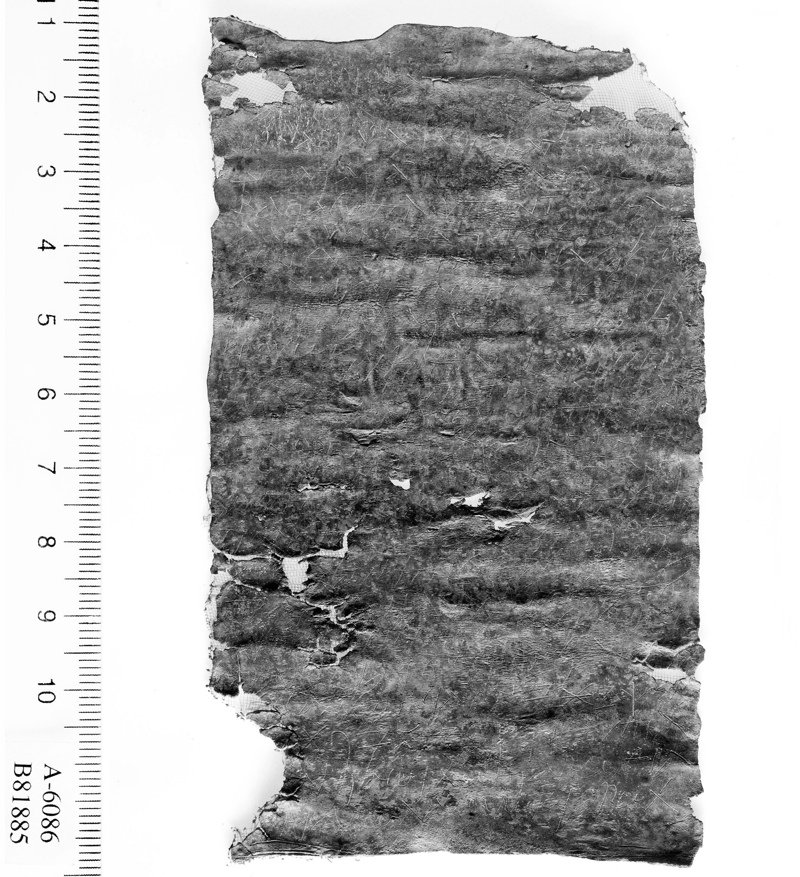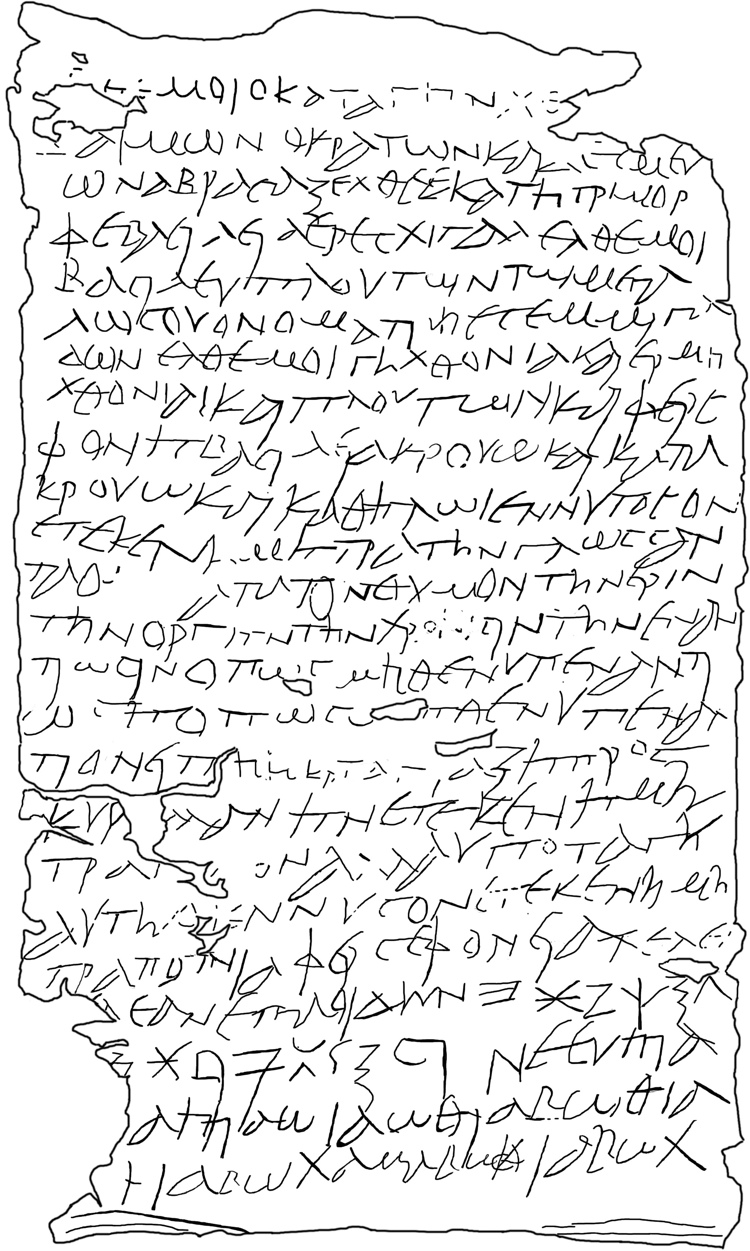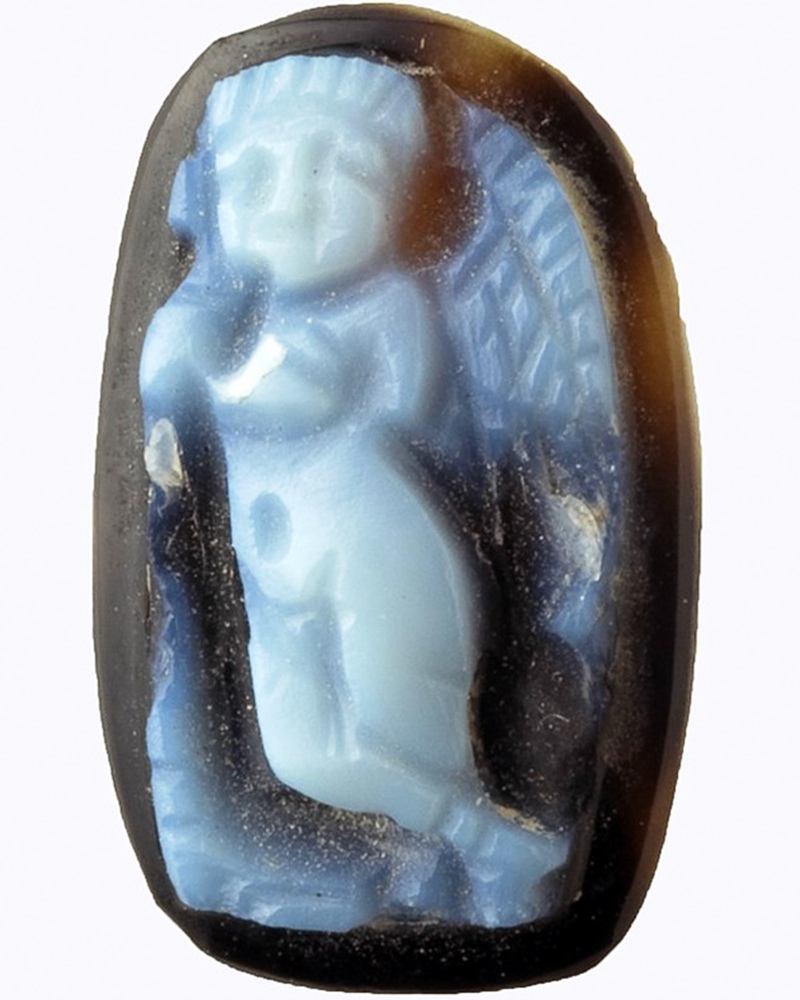In Photos: Ancient Curse Discovered in City of David
Curse Tablet

1- Israel Antiquities Authority archaeologists have excavated a 1,700-year-old curse tablet from a Roman mansion in the City of David in Jerusalem. It was discovered in what was a second-floor room in the northwest part of the mansion. In the tablet a woman named Kyrilla curses a man named Iennys, likely over a legal case.
Kyrilla and six gods

The text in the curse tablet is written in Greek, a language often used in the eastern half of the Roman Empire. In the text Kyrilla invokes six gods in her curse, the start of the text reading (in translation): "come to me, you who are in the earth, chthonic daemon, you who rule and bind…"
Magical powers

The text also includes magical signs that are seen here at the top of this image. Additionally magical words were used to enhance the curse's power.
Curse tablet letters

A drawing showing the lettering of the curse tablet, which was discovered in a Roman mansion in the City of David in Jerusalem.
Cupid with torch

In their excavations the archaeologists found artifacts that reveal the wealth the inhabitants of the mansion enjoyed, including this gem depicting Cupid holding a torch.
City of David

The City of David, where the mansion is located, is an area of Jerusalem that contains at least 6,000 years of human occupation. This image shows ruins from the area dating from different periods of time.
Givati Parking Lot

The Givati Parking Lot is the site of an immense excavation that has resulted in finds from the Middle Age to ancient times. Dating to the third to fourth centuries A.D., the Roman mansion, where the curse tablet was excavated, was only one of them. This image shows excavations at the various ruins found in the parking lot.
Get the world’s most fascinating discoveries delivered straight to your inbox.

Owen Jarus is a regular contributor to Live Science who writes about archaeology and humans' past. He has also written for The Independent (UK), The Canadian Press (CP) and The Associated Press (AP), among others. Owen has a bachelor of arts degree from the University of Toronto and a journalism degree from Ryerson University.
 Live Science Plus
Live Science Plus





